The same goes for lighting technology: knowledge is everything! We break down complex-sounding terms for you and show you: with a bit of know-how, it’s all much less intimidating than it seems. In this edition, we’re tackling the question: what is DMX and how does it actually work?
Level up your event technology game
Step by step, our tips will help you reach the next level in event technology. What you need are explanations on an equal footing, with practical solutions from real-life stage situations. That’s exactly what we’re giving you so you can take your next steps from beginner to pro. Let’s go!
DMX Basics: Introducing a control signal
Spotlights and lighting effects are incredibly capable these days. But to unlock their potential, they need the right commands – in other words, they need to be controlled. After all, how else would they know what to do and when? That’s where DMX comes in – a globally standardised control protocol. The basic principle is that the lighting console and connected devices communicate with each other via DMX, which stands for “Digital Multiplex.” In essence, it’s nothing more than the “language of lighting control.”
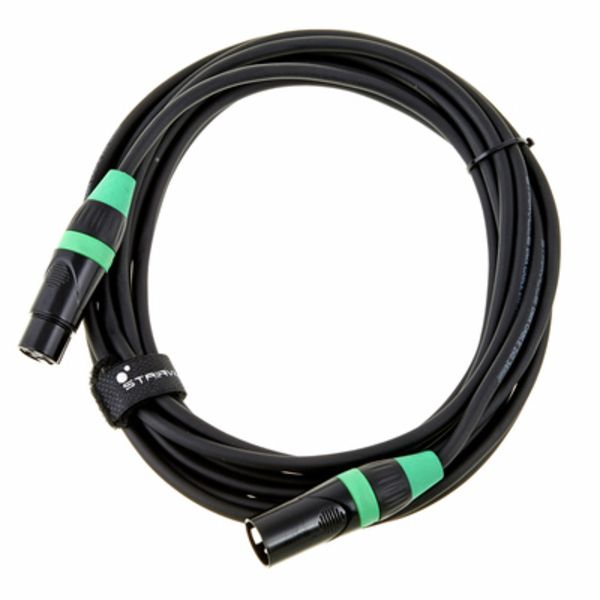
Stairville
PDC3CC DMX Cable 5,0 m 3 pin
DMX makes you the master of lights
Colour changes, moving fixtures, adjusting brightness on the fly – everything that gives your light show that visual wow-factor works using its own parameters. To guide these within your setup, you have 512 control channels available in one DMX line, called the DMX universe. If that’s not enough for complex setups, you simply add another universe.
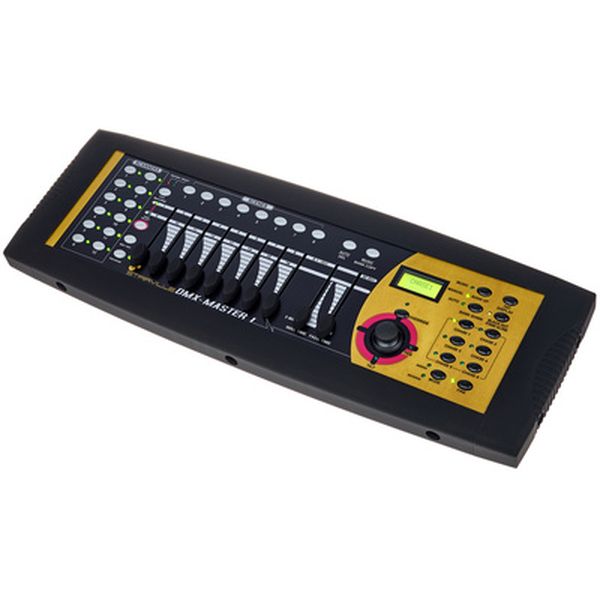
Stairville
DMX-Master I
The DMX address
Whenever a DMX packet – a control command – is sent, the fixture needs to have its own DMX address. Think of it like a multi-storey apartment building: you don’t want the package delivered to the wrong neighbour. That’s where DMX addressing comes in, based on a logical structure. In channel mode, you also define how many channels are assigned to a particular fixture. The more functions it has – such as rotation in moving heads – the more channels it might need. Going back to our apartment example, your neighbour could easily be registered in multiple flats.

Stairville
DDS-405 LC DMX 4 Ch. Dimmer
Fine-tuning as a creative tool
You can make even finer adjustments – such as colour settings, colour mixing, dimming, and movements – using value ranges. For example, you can set the light intensity anywhere from 0 to 255. And no, that’s not complicated – after all, you’re already familiar with how dimmers and faders work on all sorts of gear, giving you seamless control. In the DMX protocol, the scale has 256 steps in total.
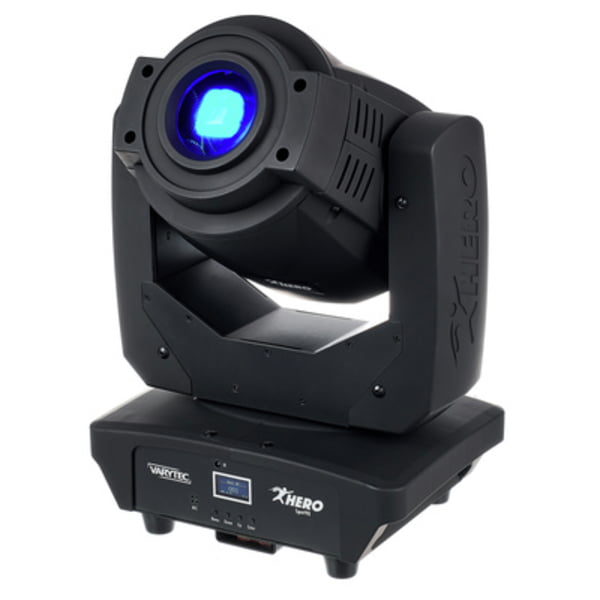
Varytec
Hero Spot 90
Don’t confuse DMX and audio cables
The data-driven communication in the DMX standard requires the right cables – typically three- or five-pin XLR cables. Be careful not to confuse these with audio cables, which also often use XLR connectors. Choosing the correct cables is crucial to avoid potential interference in the signal chain.

Stairville
PDC5CC DMX Cable 5,0 m 5 pin
Your moving-image reference guide
It’s often easier to understand these concepts through a video tutorial. That’s why we’ve teamed up with our expert Linus to produce a “how-to” video that walks you through the steps in a simple, accessible way. The video is part of an ongoing series we’re developing as a “video encyclopaedia” – your dynamic reference guide. Whether it’s lighting, video and audio tech, or stage setup: we’ll help you choose the right gear and fine-tune your setup. It’s all gain, no loss.

Stairville
DDC-12 DMX Controller
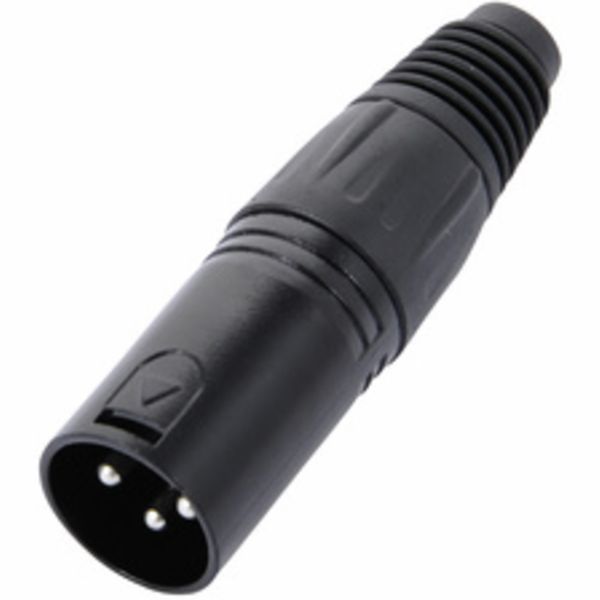
Stairville
DMX Terminator XLR 3-Pol
New YouTube Channel: Stagetech
Scroll down to watch the video – enjoy!
Make sure to subscribe now to our new (German-spoken) YouTube channel “Stagetech”!
What is DMX? Basics: Feedback
Let us know in the comments which topics you’re most interested!





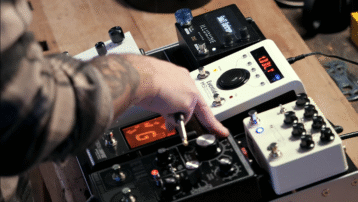


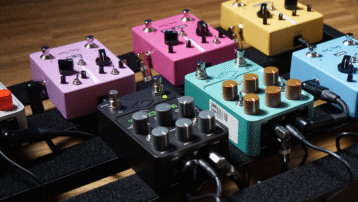






Comments 0
No comments yet.